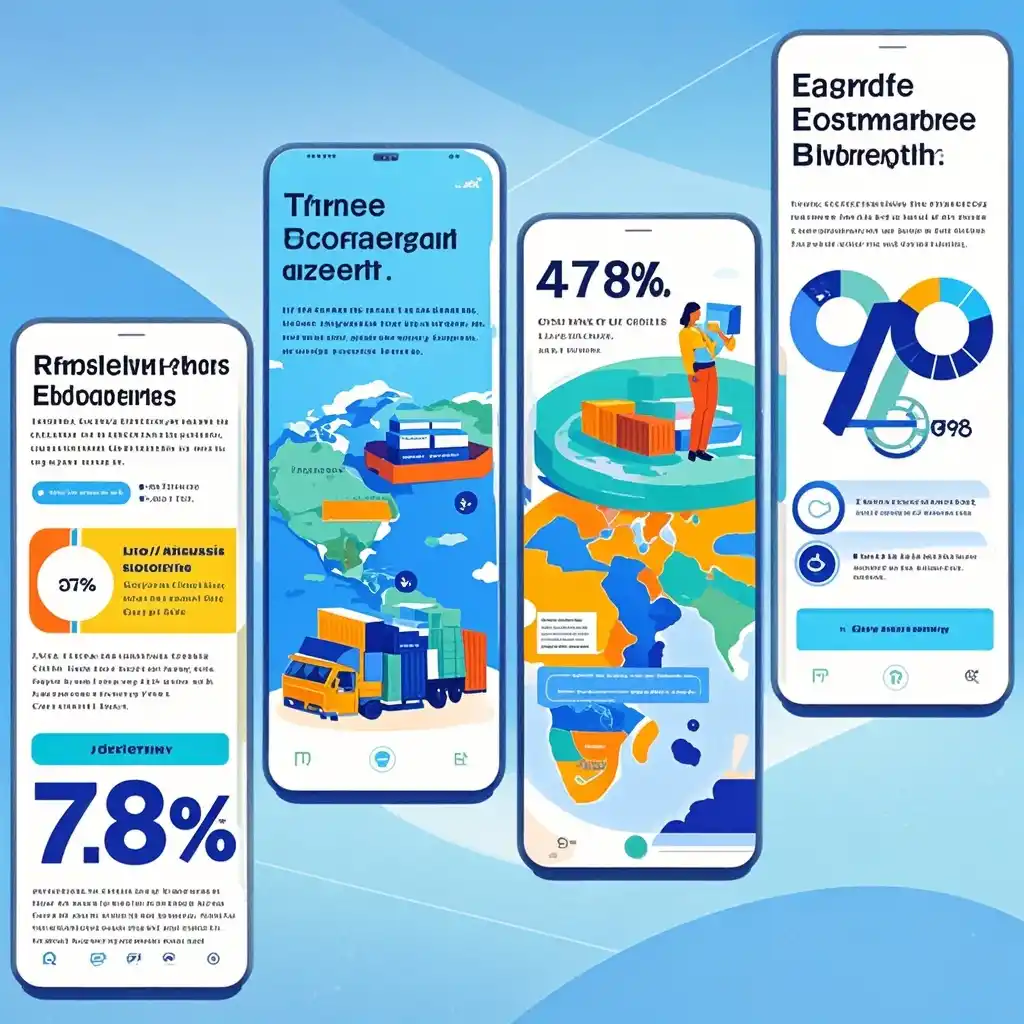

Background In recent years, the Belt and Road Initiative (BRI) has had a profound impact on global trade. With the implementation of this initiative, cross - border e - commerce has also witnessed significant growth. Statistics show that the BRI has increased exports in relevant areas by as much as 47.8%. This large - scale growth has provided a favorable environment for cross - border e - commerce enterprises. In the context of international trade, tariffs are often a major concern for enterprises. Tariffs can significantly increase the cost of products, affecting the competitiveness of enterprises in the international market. For cross - border e - commerce enterprises, which rely on international trade and relatively low - cost operation models, tariff impacts can be even more crucial.
Initiative Impact The Belt and Road Initiative has played a multi - faceted role in helping cross - border e - commerce enterprises mitigate tariff impacts. Firstly, the BRI has promoted the establishment of a large number of free trade areas and economic cooperation zones along the routes. For example, in some Asian and African countries participating in the BRI, free trade areas have been set up. These areas often have preferential tariff policies. Cross - border e - commerce enterprises can take advantage of these policies to reduce or exempt tariffs when exporting or importing goods. This directly reduces the cost pressure on enterprises caused by tariffs. Secondly, the BRI has strengthened infrastructure building in participating countries. Improved transportation and logistics infrastructure means that the cost of transporting goods can be reduced. Although this is not a direct reduction in tariffs, it can offset part of the cost increase caused by tariffs. For instance, better - built ports and railways along the Belt and Road routes can shorten the transportation time of cross - border e - commerce goods and reduce transportation losses, thereby enhancing the overall competitiveness of enterprises.
Advantages One of the main advantages for cross - border e - commerce enterprises is cost reduction. By making use of the tariff - related benefits brought by the BRI, enterprises can offer more competitive prices in the international market. For example, if an enterprise previously had to pay a 10% tariff on a certain product, but through the preferential policies of the BRI - related free trade area, the tariff can be reduced to 5% or even exempted. This allows the enterprise to either increase its profit margin or lower the product price to attract more customers. Another advantage is market expansion. The Belt and Road Initiative has connected a large number of countries and regions, providing cross - border e - commerce enterprises with a broader market space. Enterprises can enter new markets more easily, and at the same time, they can also use the local resources and production advantages in these areas to optimize their supply chains. For example, some enterprises may choose to set up production bases in countries along the Belt and Road with lower labor costs and more favorable raw material supply conditions, and then export products to other regions through cross - border e - commerce platforms, further reducing costs and tariff impacts.
Summary In conclusion, the Belt and Road Initiative has brought significant opportunities for cross - border e - commerce enterprises to mitigate tariff impacts. Through promoting free trade areas, economic cooperation zones, and infrastructure building, it has directly and indirectly reduced the tariff cost pressure on enterprises. The advantages of cost reduction and market expansion enable cross - border e - commerce enterprises to have stronger competitiveness in the international market. As the BRI continues to develop and expand, cross - border e - commerce enterprises should actively seize these opportunities, further optimize their business models, and make better use of the resources and policies provided by the initiative to achieve long - term and stable development in the international trade arena.